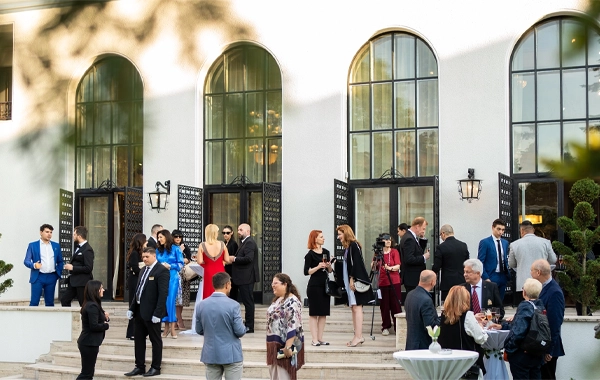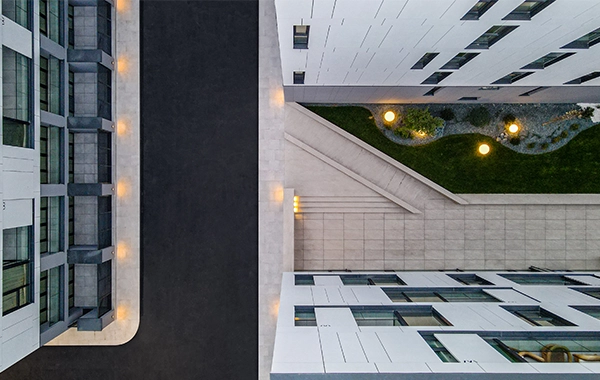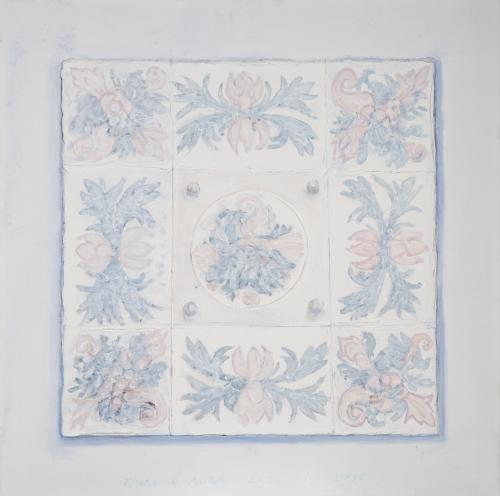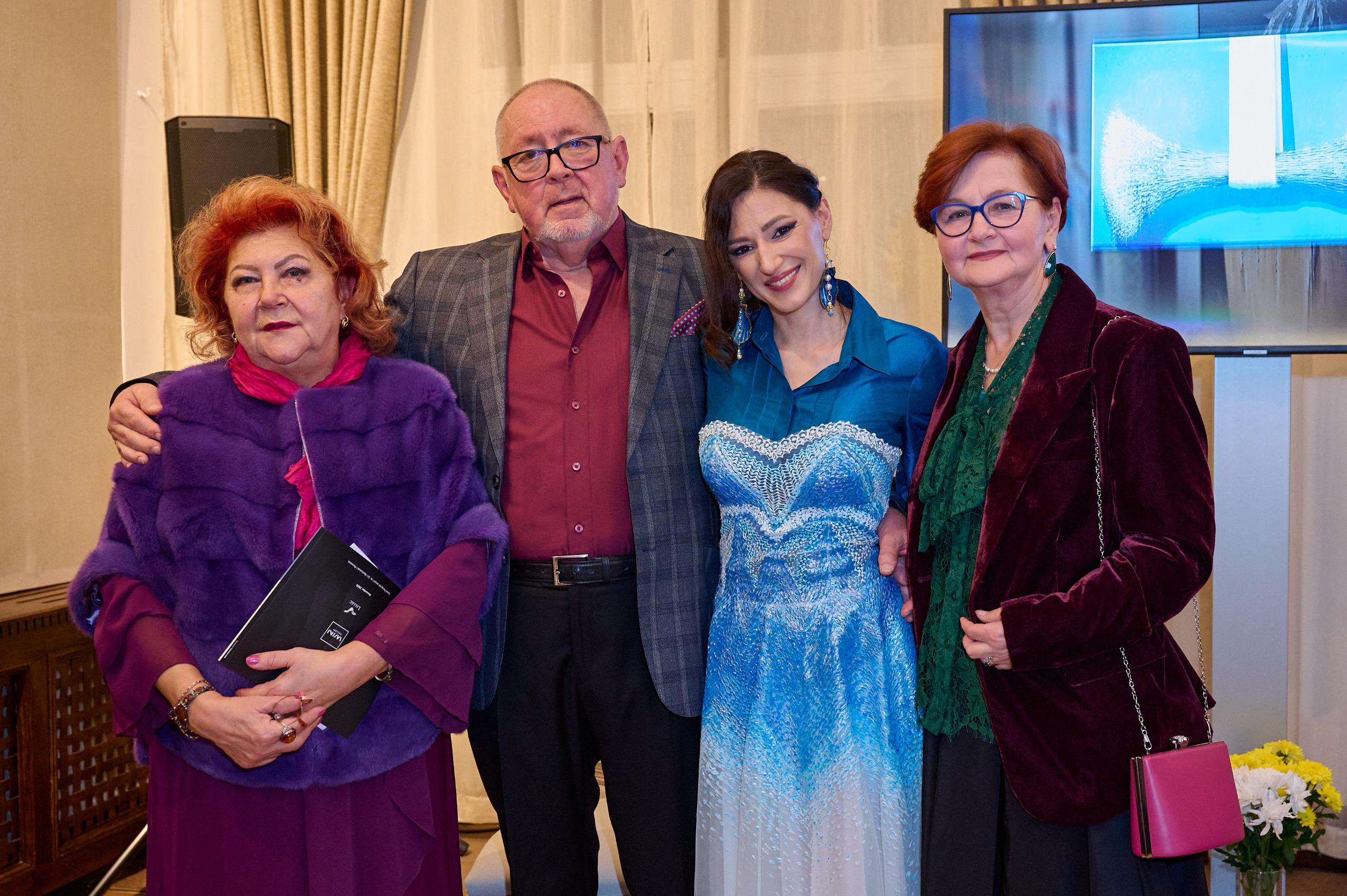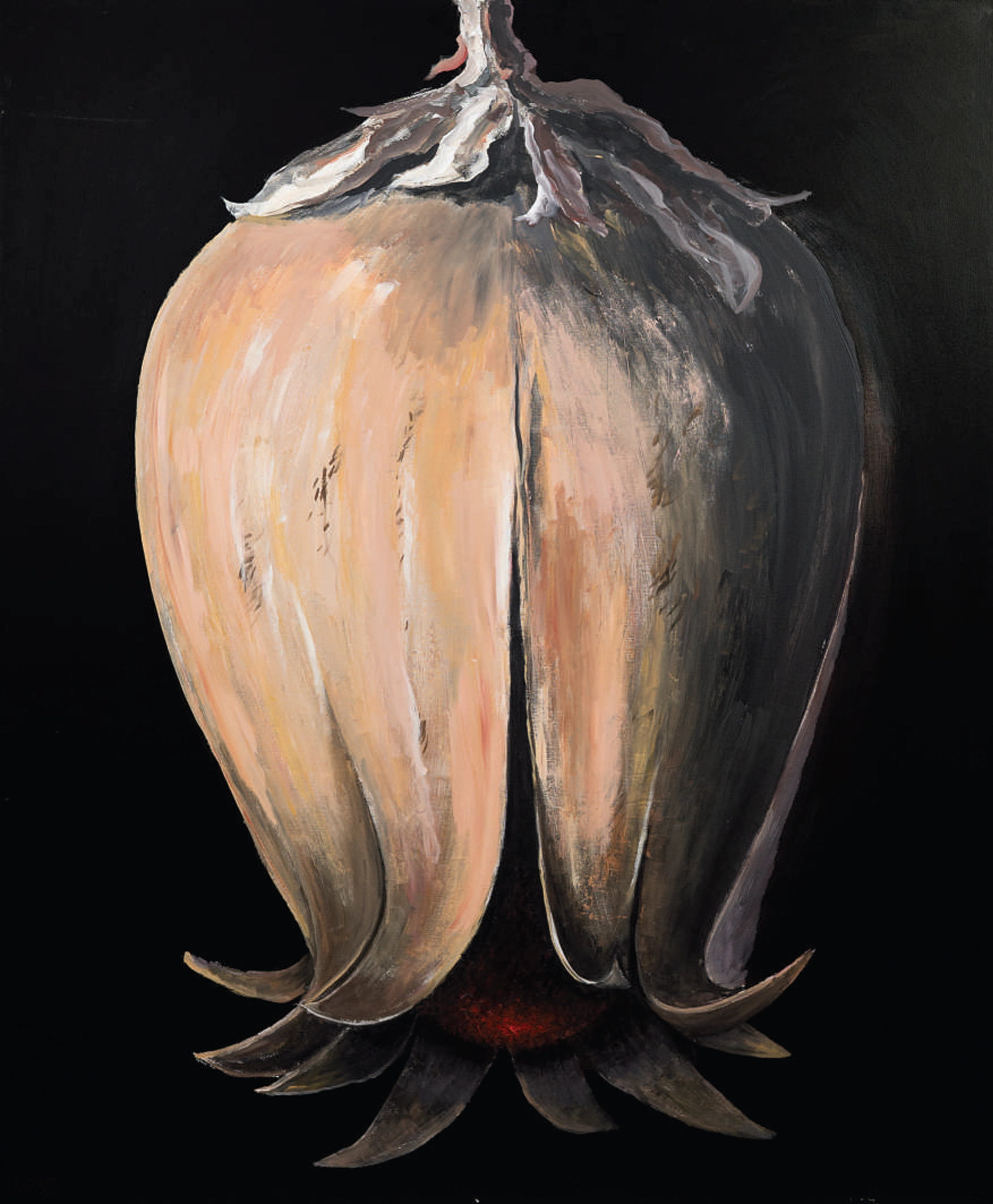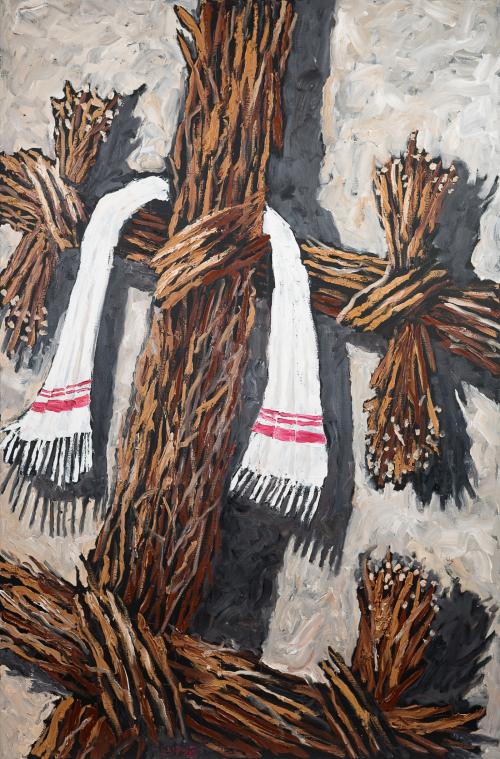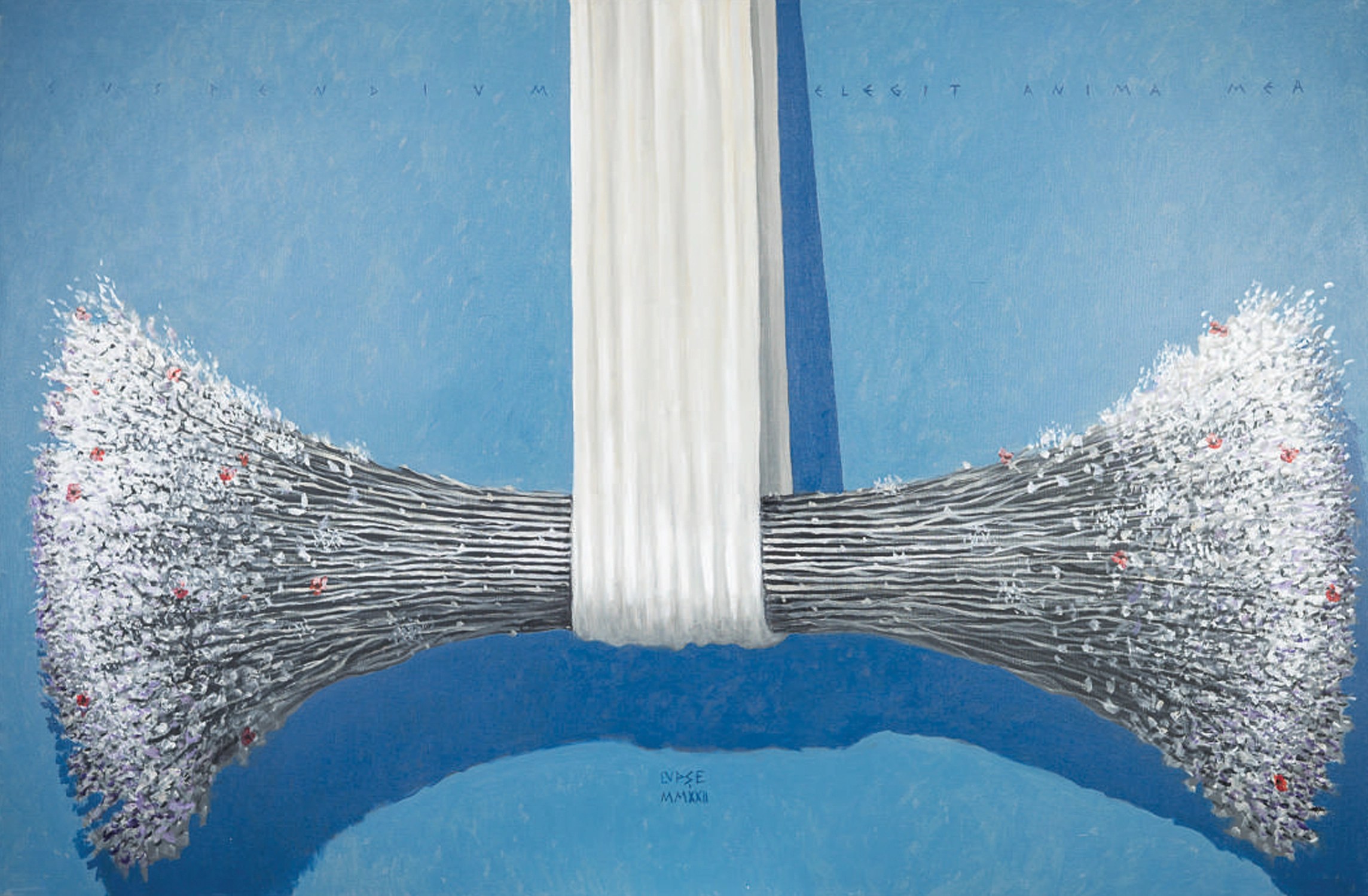WIN Gallery: Through your activity you have become a tireless researcher in the fi eld of botany. What was the inner mechanism through which you fi ltered information, and what brings you close to old treatises by naturalists, such as those by the Italian Giorgio Bonelli from the second half of the 18th century?
Marcel Lupșe: Indeed, bundles of herbs laid to dry on the porch or stored in herbariums have always fascinated me. I have also collected and pressed countless plants, drawn by their shape, color, or patterns, fi ling and cataloguing them like botanists do. Only much later did I understand the deeper signifi cance of these vegetal structures, beyond their aesthetic value. Their healing value for body and soul.
Starting from the Codex Aniciae Julianae, the artistic masterpiece of the 6th century, a copy of a manuscript belonging to Dioscorides, annotated and completed over nearly a millennium in Constantinople by physicians and kept for four centuries in the National Library of Vienna, I realized that these delicate plants, elevated to works of art through drawing and color, also possess the power to heal human suffering, real medical recipes.
WIN Gallery: Do you have a favorite work or series among those exhibited at WIN Gallery?
Marcel Lupșe: I could not choose a single work or series, because each holds something special for me, each evokes something in particular. The last series you work on always imprints itself most strongly, because it is the freshest. In this exhibition, perhaps the “Origin of the World” cycle.



